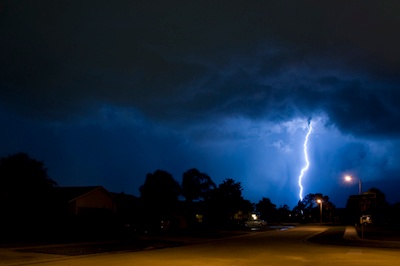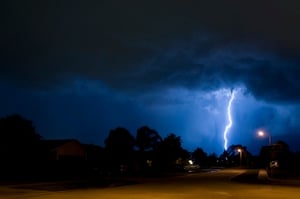Explore Springs Apartments

 April showers bring May flowers, but they can also bring some scary weather situations. In honor of Minnesota Severe Weather Awareness Week, which runs April 17-21, here are five valuable tips to help you prepare for tornadoes, thunderstorms and other severe conditions.
April showers bring May flowers, but they can also bring some scary weather situations. In honor of Minnesota Severe Weather Awareness Week, which runs April 17-21, here are five valuable tips to help you prepare for tornadoes, thunderstorms and other severe conditions.
1. Watches, Warnings and Advisories
The National Weather Service uses these terms to categorize weather alerts based on severity and likelihood.
2. Use a Weather Radio
A weather radio tunes directly into weather stations so you can get news and updates immediately. Choose a style with multiple power options such as battery and hand-crank so it will continue to work if the electricity goes out. Also consider downloading a severe weather alert app on your smartphone.
3. Beware of Rising Water
Did you know that in Minnesota, more people have died during floods than any other severe weather event? Here are some safety measures you need to know:
4. Thunder and Lightning
Thunderstorms are common events in Minnesota and the Midwest, but they present a greater danger than tornadoes.
5. Tornado Shelter
While indoors is the safest place to be during all weather emergencies, it goes a little further with tornadoes, where the goal is to make yourself as small of a "target" as possible.
Your safety is important to us. Please stop by and talk to a member of our on-site management team to discuss any weather questions or concerns you may have.
Take Comfort In Being Home
262-502-5500
We Your Pets
Privacy Policy | Cookie Policy | Terms of Use | Accessibility Statement
Owned and managed by Continental Properties, an award-winning corporate leader and developer of apartment communities nationwide. Copyright © 2025 Springs Apartments